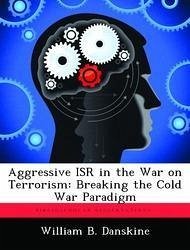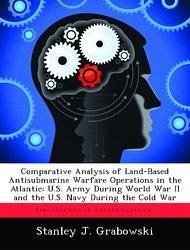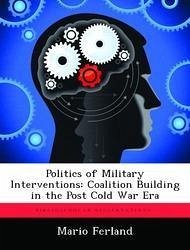Nicht lieferbar

Aggressive ISR in the War on Terrorism: Breaking the Cold War Paradigm
Versandkostenfrei!
Nicht lieferbar
Following the attacks of 11 September 2001, the United States (US) found itself in a new type of war, one for which existing military doctrine was ill suited. The US now faces a dispersed, loosely organized, non-state threat. This paper addresses the problem of how to employ existing military tools to counter global terrorist groups. This paper presents a Terrorist Group Model of a notional group, then proposes a counterterrorism strategy to deny terrorist groups sanctuary, one of the key requirements for these non-state threats. This paper then presents several ways in which this objective ma...
Following the attacks of 11 September 2001, the United States (US) found itself in a new type of war, one for which existing military doctrine was ill suited. The US now faces a dispersed, loosely organized, non-state threat. This paper addresses the problem of how to employ existing military tools to counter global terrorist groups. This paper presents a Terrorist Group Model of a notional group, then proposes a counterterrorism strategy to deny terrorist groups sanctuary, one of the key requirements for these non-state threats. This paper then presents several ways in which this objective may be achieved using existing military assets in a new way. The final proposals build upon a 2003 RAND study entitled "Military Operations Against Terrorist Groups Abroad: Implications for the United States Air Force", authored by David Ochmanek. This work has been selected by scholars as being culturally important, and is part of the knowledge base of civilization as we know it. This work was reproduced from the original artifact, and remains as true to the original work as possible. Therefore, you will see the original copyright references, library stamps (as most of these works have been housed in our most important libraries around the world), and other notations in the work. This work is in the public domain in the United States of America, and possibly other nations. Within the United States, you may freely copy and distribute this work, as no entity (individual or corporate) has a copyright on the body of the work. As a reproduction of a historical artifact, this work may contain missing or blurred pages, poor pictures, errant marks, etc. Scholars believe, and we concur, that this work is important enough to be preserved, reproduced, and made generally available to the public. We appreciate your support of the preservation process, and thank you for being an important part of keeping this knowledge alive and relevant.










